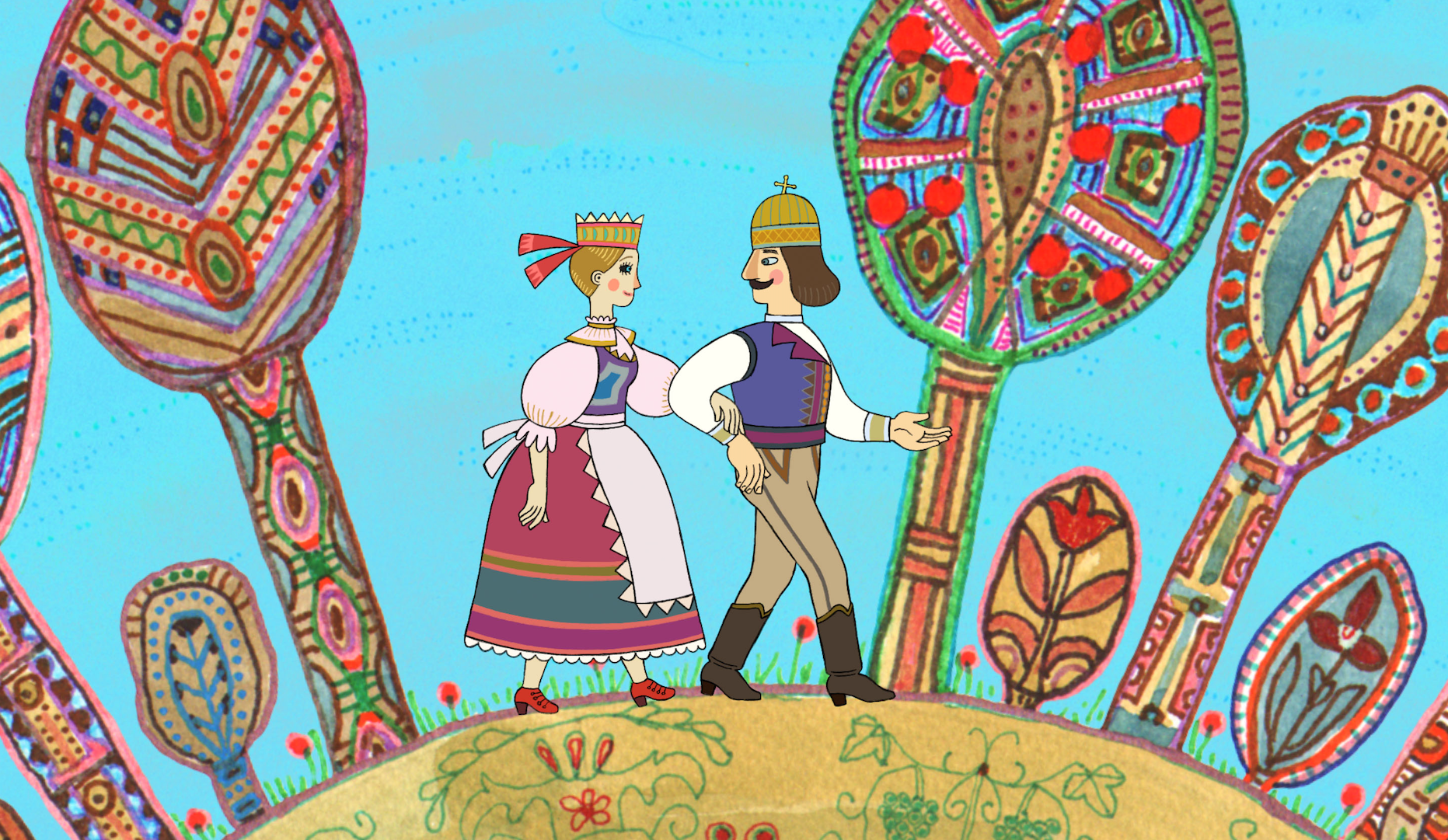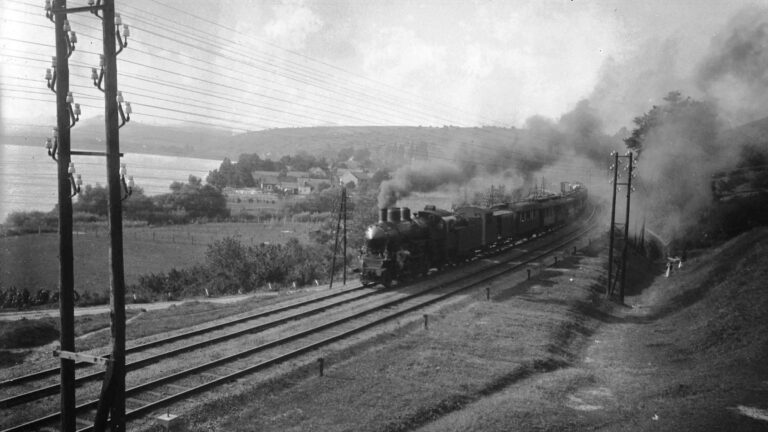In Hungary 30 September is recognised as the Day of Folktales. The date was selected to mark the birthday of Elek Benedek (30 September 1859 – 17 August 1929), a famous Hungarian journalist and writer, widely known as ‘The Great Folk Tale Teller’ of Sekler-Hungarian fairy tales. An internationally better-known face of Hungarian folk stories is perhaps Baroness Emma Orczy (September 1865 – 12 November 1947), the Hungarian born British writer. In the UK, the Baroness’ series of novels featuring the Scarlet Pimpernel are still very popular, as well as her 1890 translation of Hungarian fairy tales that she illustrated with her own drawings.
Structure and Characteristics of Hungarian Folk Tales
Most Hungarian folk tales start with some hints to the imaginary locations where they take place. While the locations are described as either faraway or non-existing, the actual spaces where the plots unfold are familiar for children—villages, forests or palaces. Typical settings of Hungarian folk tales are for instance ‘hetedhét országon is túl‘, which can be translated as ‘beyond the Seven Kingdoms’ or, less literally, ‘beyond the Seven Seas’; or ‘az Üveghegyen is túl‘, meaning ‘beyond the Glass Mountain’. After the setting is introduced, the protagonists appear on the scene. The main character is usually a righteous young man who sets off on a long journey in search of something valuable. During the journey, the protagonist has many adventures and faces plenty of challenges in which he demonstrates his skills and good will. Once the young man successfully passes all the tests, at the end of the journey he receives a prize—usually half of a kingdom and a princess’s love. In most tales the success of the hero also brings prosperity and peace for the whole kingdom—thereby the actions of the individual help the whole community to prosper.
While Western European (English and French) folk stories are characterised by magical beings such as fairies and trolls, in the Hungarian folk tradition it is more common to attribute magical skills to existing objects and animals. Each character is endowed with opposing qualities—the hero is usually poor but kind, while the villain is rich but greedy. The moral of the tales is that the main character has to overcome the struggles on his own. Although he may receive some help during his journey, ‘salvation’ is not granted to the protagonist by external forces, rather it is he himself who needs to succeed in his mission. The call for action in the tales serves the purpose of demonstrating that no one is born a hero, but some become heroes through hard work and dedication, the wise decisions made in times of trouble, and brave actions on their journey through life.
Folk Tales in Modern Times
To preserve and transmit the unique traditions of Hungarian folk stories to the next generations, between the 1980s and 2012 a series of animated folk tales was produced. The immensely popular Hungarian Folk Tales series was directed by Marcell Jankovics at Pannónia Filmstúdió. The series include 100 folk stories, each featuring the specific folk motives of a Hungarian region. The landscape, the folk costumes and furniture presented in each episode are faithful renderings of the specifics of the region the tale originates from. To promote the Hungarian cultural heritage abroad, in 1989 some of the tales were translated to English and were broadcast in the United States. Hungarian Folk Tales has since been screened in over 40 countries across the globe, including countries such as Japan, India and Namibia. In 2017 all the episodes were published on YouTube, with some episodes having reached over 10 million views. The series brilliantly harmonises modern story telling methods with the original folklore elements, making it easier for Hungarian children to understand and relate to these folk treasures of Hungarian culture.








